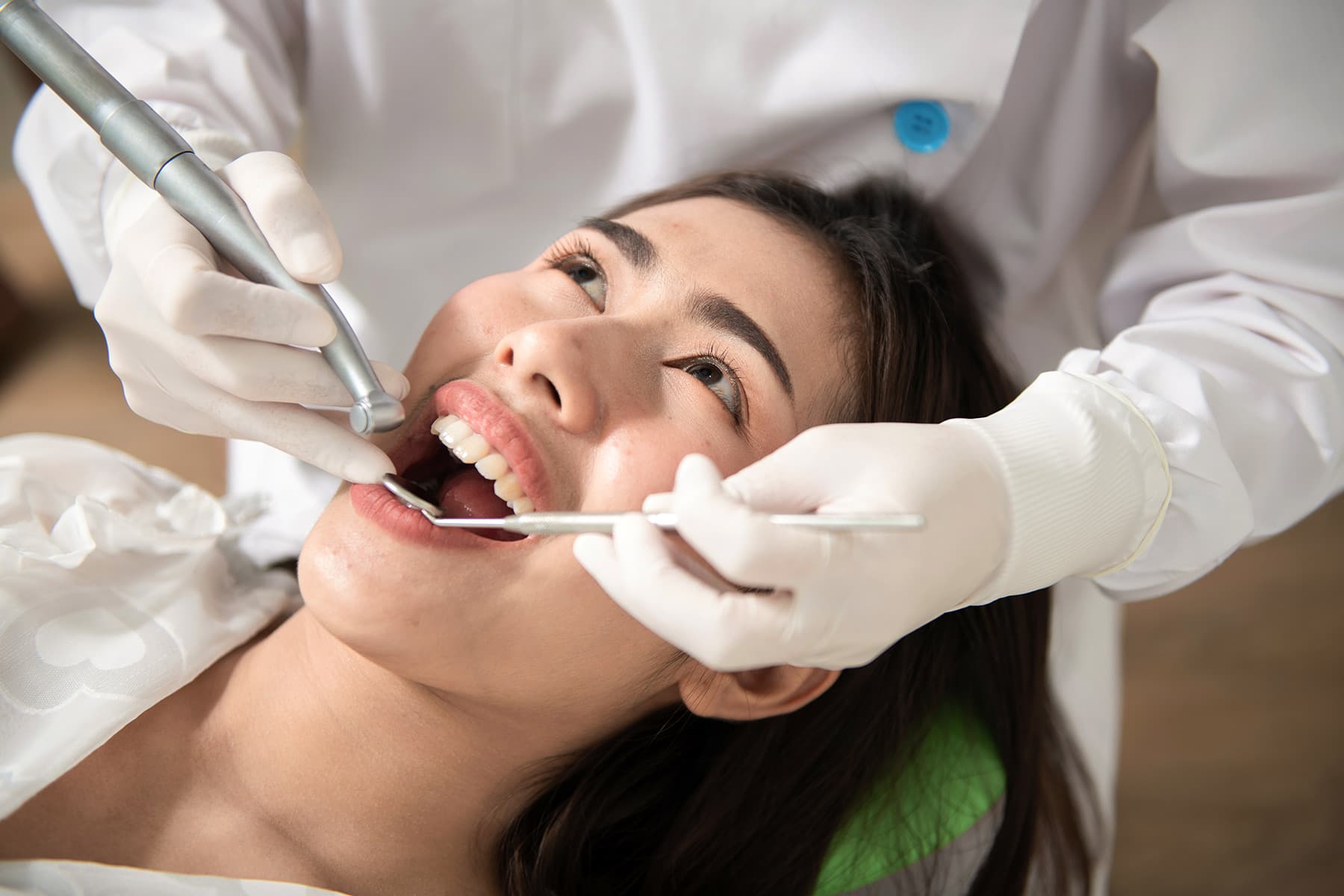By Steven Reinberg
HealthDay Reporter
MONDAY, Nov. 7, 2022 (HealthDay News) — The U.S. Centers for Disease Control and Prevention is warning that a number of U.S. children have picked up a serious infection from contaminated water lines at the dentist’s office.
Although rare, outbreaks of nontuberculous Mycobacteria (NTM) infections have been reported in kids treated at the dentist, one cluster in 2015 and another in 2016, the CDC says. A third cluster identified at a pediatric dental clinic last March is under investigation.
These harmful bacteria lodge in the narrow water lines in dental equipment.
“NTM infections following dental procedures are very serious,” said Dr. Michele Neuburger, a dental officer in CDC’s Division of Oral Health. “These infections can be resistant to antibiotic treatment and are difficult to treat.”
In all the cases of NTM infection following dental treatment, surgical procedures were required to resolve infections, she said.
“These infections can be persistent, get worse over time and may not respond to initial treatments such as incision and drainage and routine antibiotics, Neuburger said. The most common symptom is swelling in the jaw or neck. Other symptoms could include a draining abscess, pain or fever, she said.
The CDC advisory appears here.
In 2016, an outbreak occurred in California, sickening 71 patients being treated for decaying baby teeth. A year earlier, 24 children in Georgia were infected.
Besides hearing loss, complications from the infections included permanent tooth loss, facial nerve palsy and incision scarring. According to American Dental Association spokesman Dr. Shannon Mills, all but one of the patients in the two outbreaks was hospitalized.
Adults can also be infected, Neuburger said. NTM infections in adults often occur after wisdom teeth extractions and root canals, she said. The infection isn’t always immediate — problems can develop within weeks or months following a dental procedure.
NTM infections after dental treatment require surgical removal of the diseased tissue, Neuburger said. “These surgeries can result in loss of the jawbone and baby or permanent teeth. They may also require intravenous antibiotic therapy consisting of multi-drug regimens. Adverse side effects from antibiotics could include rashes, gastrointestinal symptoms, hearing loss and strain on the liver and kidneys,” she said.
The best way to prevent these infections is with the regular use of chemical germicides in the water lines, Neuburger said.
“However, if dental water lines are not maintained properly and regularly treated with germicides, these bacteria, along with other microorganisms in the water, will attach to the interior surfaces of the water-line tubing and form a biofilm, which serves as a reservoir where microorganisms can grow and increase in numbers,” she explained.
“Pieces of biofilm can break off into the water system and then be released into the patient’s mouth,” Neuburger said.
Fortunately, outbreaks of NTM infections following dental procedures are very rare, Neuburger said.
“Parents and patients should continue to seek routine dental care. Most oral diseases such as cavities and gum disease are preventable,” she added.
Contact your dentist right away if you suspect you or your child has developed an infection, Neuburger said.
Mills believes that most dentists have heard about NTM infection. “They may have heard about it, and didn’t consider it significant or important, but they’ve heard about it,” he said.
Dentists need to maintain their equipment and follow procedures to ensure that the water they use is free from high concentrations of bacteria and microfilms on which bacteria grow, Mills said. “Water used for health care should be safer than the water we drink,” he said.
Patients should discuss the steps their dentist is taking to prevent these infections, Mills said.
“The doctor should be able to explain in some reasonable detail what they’re doing,” he added.
More information
For more on nontuberculous Mycobacteria, see the U.S. Centers for Disease Control and Prevention.
SOURCES: Michele Neuburger, DDS, dental officer, Division of Oral Health, U.S. Centers for Disease Control and Prevention; Shannon Mills, DDS, spokesman, American Dental Association; CDC Health Advisory, news release, Oct. 31, 2022






